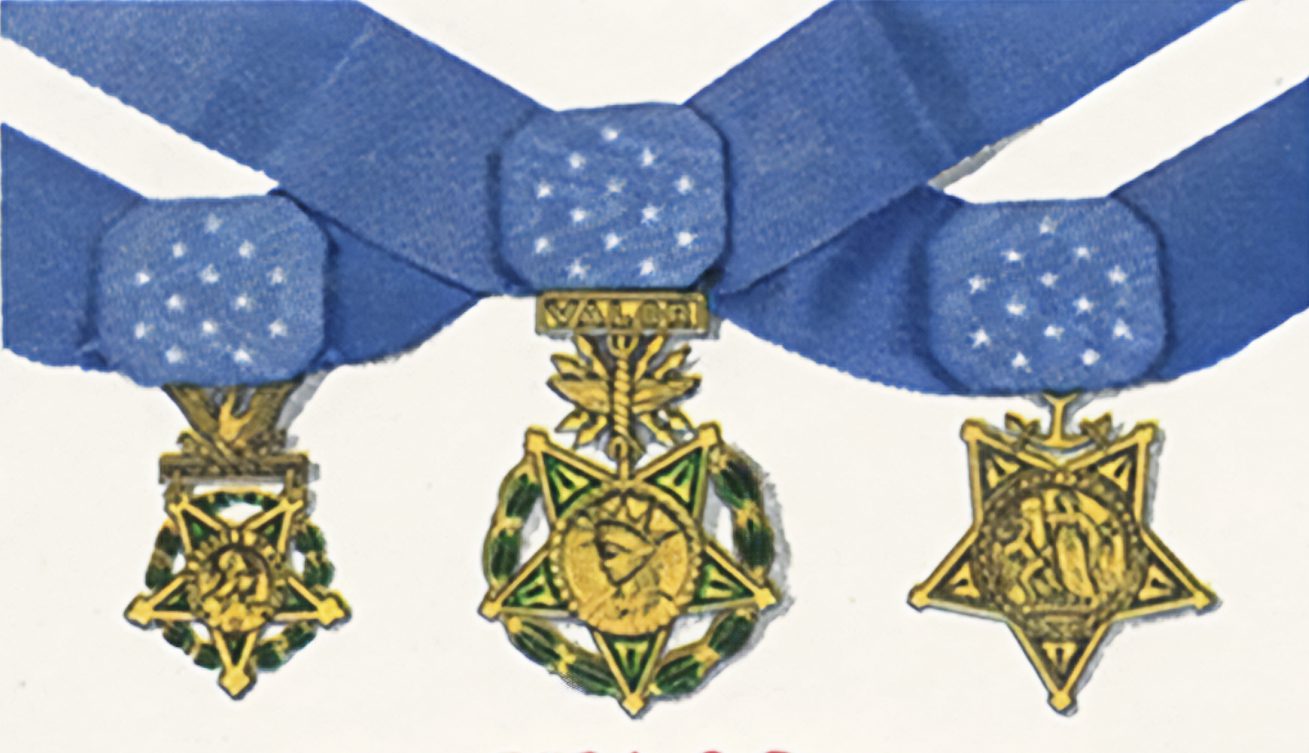Happy Birthday Ulysses S. Grant
Hiram Ulysses Grant was born on April 27, 1822, in Point Pleasant, Ohio. A hero of the Civil War, he served as America’s 18th president.

Hiram Ulysses Grant was born on April 27, 1822, in Point Pleasant, Ohio. A hero of the Civil War, he served as America’s 18th president.

James Buchanan was born on April 23, 1791, in Cove Gap, Pennsylvania, to Irish immigrants.

On April 18, 1942, Jimmy Doolittle led a daring raid against the Japanese in retaliation for the attack on Pearl Harbor.

Enrico Nicola “Henry” Mancini was born on April 16, 1924, in the Little Italy neighborhood of Cleveland, Ohio. Considered the most successful film composer of his time, he scored more than 100 movies, including numerous beloved classics.

On April 12, 1961, the US Post Office issued the first stamp in a five-year series honoring major events from the Civil War. Issued for the war’s 100th anniversary, they were the first US stamps to specifically commemorate the conflict.

After suffering a series of heart attacks, former president Dwight D. Eisenhower died of heart failure on March 28, 1969. He commanded the Allied Expeditionary Force in WWII and served as our 34th president.

On March 26, 1862, Confederate forces launched the Battle of Glorieta Pass, aimed at breaking Union control of the West along the base of the Rocky Mountains. It has been called the “Gettysburg of the West” because it was a turning point in the Civil War.

Medal of Honor Day has been celebrated on this day since 1991 to commemorate the awarding of the first six Medals of Honor for the Great Locomotive Chase. Those medals were awarded on March 25, 1863, for their daring actions of April 12, 1862.

On March 17, 1824, William Driver received a US flag that was the first to be called “Old Glory.”